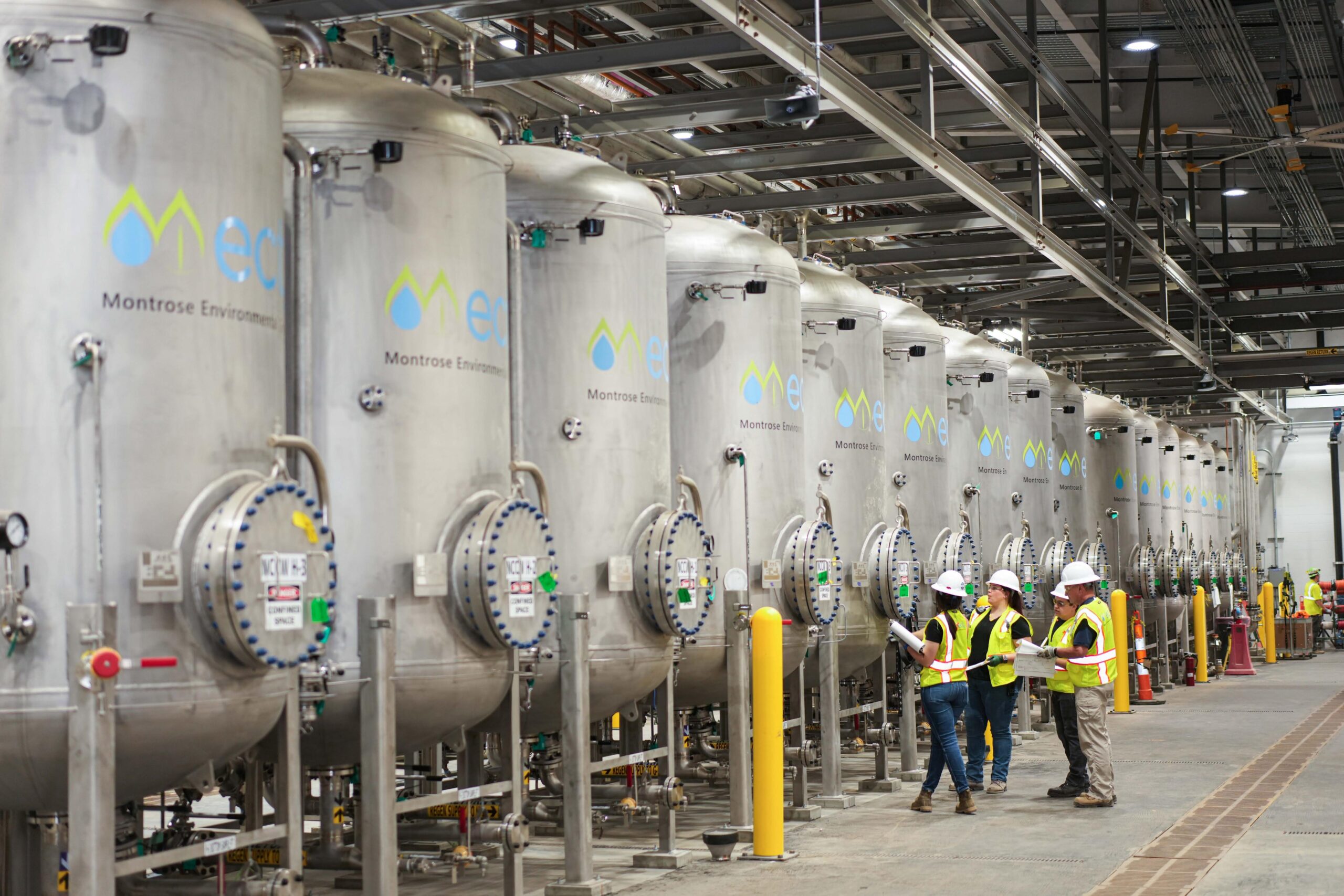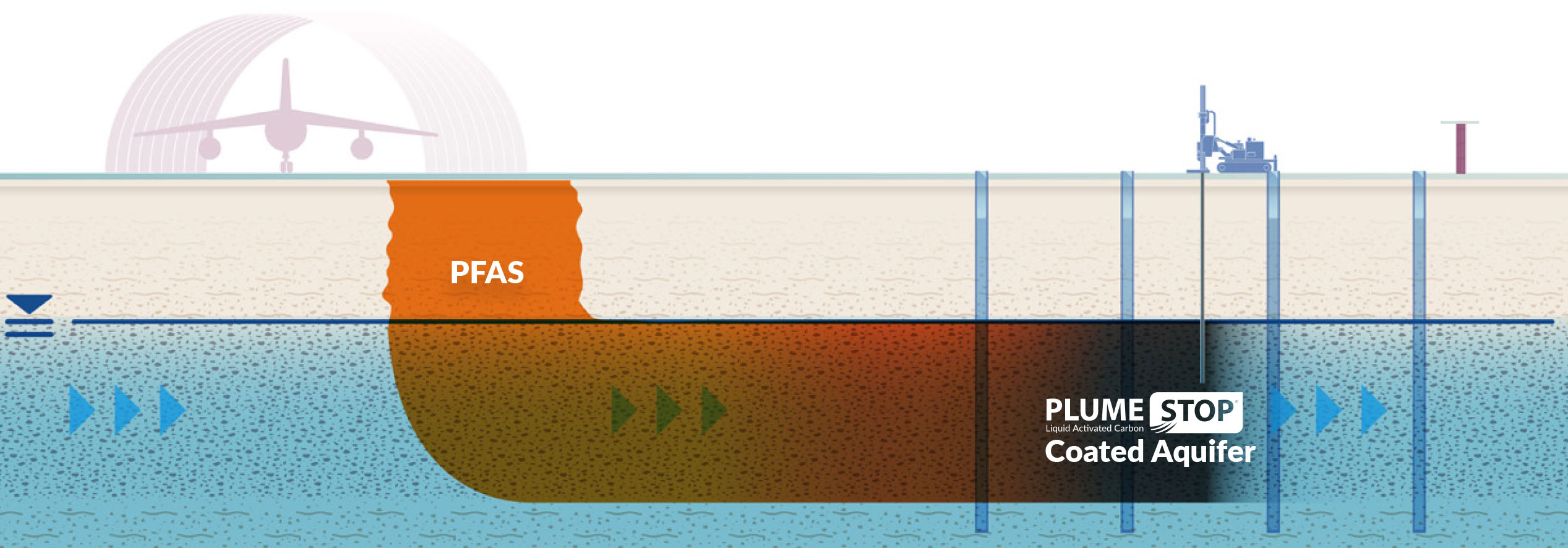M270 PFAS Treatment for Rapid Reduction of Contaminants
Your Guide to PFAS Treatment Technologies and Conveniences
The occurrence of PFAS contamination in water resources requires an extensive understanding of readily available treatment innovations. Each modern technology not just targets particular PFAS substances yet also plays a critical duty in boosting total water high quality and protecting environmental honesty.
Understanding PFAS Contamination
Comprehending PFAS contamination is critical for addressing its prevalent influence on environmental and human wellness (m270 pfas treatment). Per- and polyfluoroalkyl compounds (PFAS) are a team of artificial chemicals extensively made use of in various industrial and consumer products as a result of their water- and grease-resistant buildings. Commonly found in firefighting foams, non-stick cooking equipment, and water-repellent fabrics, PFAS have actually entered the environment with manufacturing procedures, wastewater discharges, and seeping from landfills
Once launched, these materials continue the atmosphere, bring about prevalent contamination of dirt and water resources. Their distinct chemical framework, defined by solid carbon-fluorine bonds, renders them immune to deterioration, resulting in a sensation referred to as "for life chemicals." Subsequently, PFAS can collect in the body and the food web, potentially creating damaging health effects, consisting of body immune system disruption, developmental concerns, and a raised threat of specific cancers cells.
Regulatory agencies and health and wellness organizations are increasingly acknowledging the relevance of PFAS contamination, triggering initiatives to keep an eye on, assess, and mitigate its effects. Recognizing the paths of PFAS contamination is crucial for informing public law and developing efficient methods to safeguard both ecological and human health.
Overview of Therapy Technologies
Numerous therapy technologies have been created to address the difficulties postured by PFAS contamination in water and soil. These modern technologies can be broadly categorized right into a number of groups, each with its special devices and efficiency in removing PFAS compounds.
One popular method is ion exchange, which utilizes material products to capture and eliminate PFAS from contaminated water. An additional technology, progressed oxidation processes (AOPs), employs solid oxidants and ultraviolet light to break down PFAS right into much less damaging substances.

Activated Carbon Filtration
Triggered carbon filtration is an extensively made use of approach for the removal of PFAS from contaminated water, understood for its ability to adsorb a broad series of natural compounds. This technology uses triggered carbon, a very permeable product with a considerable surface location, which assists in the binding of PFAS particles through physical adsorption. The effectiveness of triggered carbon in eliminating PFAS is influenced Our site by a number of aspects, consisting of the kind of carbon utilized, the contact time, and the focus of PFAS in the water.
Among the benefits of activated carbon filtering is its convenience; it can be executed in various arrangements, such as granular turned on carbon (GAC) systems or powdered triggered carbon (POLITICAL ACTION COMMITTEE) systems. GAC systems are commonly utilized in larger-scale applications, while PAC can be made use of in smaller or short-term setups. In addition, the modern technology is reasonably very easy to run and preserve, making it obtainable for lots of water treatment facilities.

Ion Exchange Systems
Ion exchange systems represent one more reliable technique for the removal of PFAS from infected water, matching approaches like turned on carbon purification. These systems operate the concept of trading ions in the water with ions held on a resin her explanation product. Ion exchange materials can be specifically formulated to target the negatively billed PFAS compounds, efficiently catching them and enabling cleaner water to travel through.
Among the primary benefits of ion exchange systems is their capacity to get rid of a broad range of PFAS, consisting of both long-chain and short-chain variants. This flexibility makes them suitable for various applications, varying from community water treatment to industrial processes. In addition, ion exchange systems can often accomplish reduced discovery restrictions for PFAS contrasted to a few other therapy techniques, thus boosting water top quality.
However, it is vital to check and manage the regeneration of ion exchange media, as the performance can decrease in time as a result of saturation. Appropriate maintenance and replacement of the material are critical for maintaining the system's performance. On the whole, ion exchange systems provide a dependable and reliable remedy for PFAS elimination, contributing significantly to safe alcohol consumption water requirements and ecological defense.
Advanced Oxidation Processes
Advanced Oxidation Processes (AOPs) use powerful oxidants to efficiently degrade PFAS substances in polluted water. These cutting-edge treatment approaches create extremely responsive types, such as hydroxyl radicals, that can break down complex PFAS particles here are the findings into less dangerous byproducts. m270 pfas treatment. AOPs usually utilize combinations of ultraviolet (UV) light, ozone, hydrogen peroxide, or Fenton's reagent, boosting the oxidation potential and improving deterioration performance
The main advantage of AOPs exists in their capacity to target a broad range of PFAS compounds, including both long-chain and short-chain variations. This versatility is important, as PFAS contamination frequently involves combinations of different compounds with differing chemical frameworks. AOPs can be incorporated right into existing water treatment systems, making them a sensible option for lots of districts and industries.
Nevertheless, the implementation of AOPs can be resource-intensive, calling for mindful factor to consider of functional costs and power usage. Furthermore, while AOPs work in breaking down PFAS, they may not completely eliminate all results, requiring further therapy steps - m270 pfas treatment. In general, AOPs stand for a promising opportunity for addressing PFAS contamination, adding to cleaner water sources and boosted public wellness security

Final Thought
By picking the ideal innovation, communities can boost water quality, shield public wellness, and alleviate the environmental risks linked with PFAS direct exposure. Proceeded study and execution of these techniques are essential for efficient administration of PFAS contamination in influenced locations.